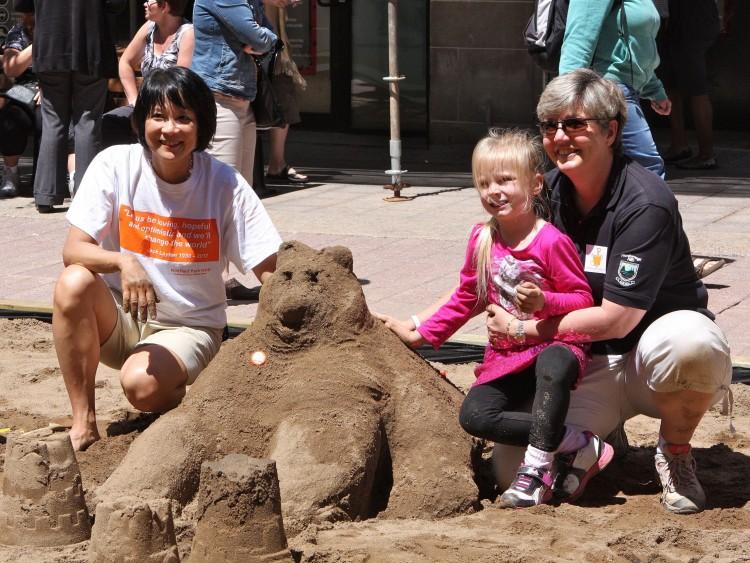OTTAWA—Exhorted by their elders to consider themselves the future and present of the Liberal Party of Canada, Young Liberals convened on Friday morning in Ottawa ahead of the official launch of the Liberal Biennial Convention to re-energize the troops.
As the party wobbles, squeezed in the centre with seat losses on both sides of the political spectrum, a string of speakers and Young Liberals looked to the youth wing’s past accomplishments as evidence it is a consequential actor in the party and the country’s future.
The young Liberals are focused on creating “a more fair and equal Canada,” said Keith Torrie, outgoing YLC national director.
New policy ideas, however, were largely missing at the meeting.
The absence of a clear call for well defined policies—other than the mention of ongoing debates about the legalization of marijuana and the potential ridding of the monarchy—fit well with the Party’s current situation of defining exactly what its brand stands for aside from broad politico-philosophical appeals to liberal values and diversity.
“Debates should never be a cause of personal antagonism. That’s what will lead us to success.”
He differentiated this Liberal Party approach of debating issues from what he called Conservative Party and New Democratic Party orthodoxy that tells its members what to do and what to say.
YLC president-elect, Samuel Lavoie, echoed Rae’s position as he reminded those assembled that there are no hard issues the party should avoid tackling given its current fortunes after a more glorious political history in governing Canada for seven decades in the 20th century.
Though the situation of the Liberal Party right now has never been as precarious, the challenge to rebuild has been met before, party elders reminded the youth wing.
“In 1930, we got hammered,” said Alfred Apps, outgoing Liberal Party President.
“Then we modernized and rebuilt by opening a national party—not just a caucus; we governed for 22 years (1935-1957). In 1957, we got hammered again, and opened the party for ordinary Liberals to have a say; we governed for 21 years (1963-1984).
“After that, we got hammered again, and the party completely reformed itself: we upended the party organization, we recruited new people. We went on, in 1993, to govern for 13 years.”
Each rebirth that saw the Liberal Party become “the leading paradigm for political organization in the country” was spearheaded by the youth wing, he said.

